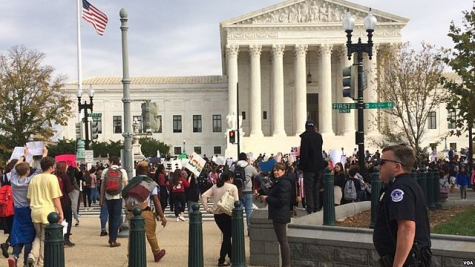Covid increases financial burden for people with diabetes
January 14, 2021
Since the coronavirus outbreak started, 1 in 4 Americans struggled to pay their bills and a third have dipped into savings or retirement accounts to make ends meet. For Fremd students, the virus has meant the long and sometimes grueling classes of E-learning. However, for many low income adults, the virus has meant a constant struggle with money. And for insulin users, missing a couple payments for insulin might just be a visit to the ER or worse.
Insulin is a hormone essential to sustain life. For people with diabetes, their body either doesn’t make enough insulin or can’t use its own insulin as well as it should. When the body doesn’t receive the required insulin, cells start malfunctioning which can lead to death. In fact, diabetes is the seventh leading cause of death nationally and in Illinois.
The affordability of insulin is a problem. For two decades the price of insulin has skyrocketed. Now in 2020, due to the Coronavirus, affording insulin has become even more of a problem, as millions have lost their jobs and are experiencing financial burdens. In the US, 29.3 million patients are paying anywhere from $300 to over $800 a month for their necessary insulin. That’s a lot of money.
In fact, some insulin users have started rationing their insulin due to its cost, with one in four patients experiencing cost-related insulin underuse. Patients with lower incomes were more likely to report cost-related underuse. Last year alone, there have been at least four reported deaths due to insulin rationing. If insulin prices weren’t so high, these deaths could have most likely been prevented.
Insulin used to be cheaper. Back in 1996, when Eli Lilly’s insulin was first released, the price for a one month supply of insulin was $21. Now, in 2020, that same vial is said to be around $275, which is a 1200% increase on the original price. Originally, the inventor of insulin, Sir Frederick Banting sold the patent rights of insulin for $1, claiming that the discovery belonged to the world, not to him.
There are many reasons why insulin has become so expensive, however, as for now this is still a problem. Governors of some states have started acknowledging this problem, especially as more families experience economic pressure during the coronavirus pandemic.
The American Diabetes Association (ADA), has supported more affordable insulin through their work at the federal and state levels. They are urging governors across the country to institute a zero-dollar copayment for insulin during the COVID-19 emergency.
In Jan. 2020, Illinois passed a legislation that puts a $100 cap for a 30-day supply of insulin, meaning in Illinois the 1.3 million adults,12.5% of the population, who have diabetes will only need to pay $100 per month for insulin. This way insulin becomes much more accessible for the users who need insulin to sustain their life.
Illinois and Colorado were the first two states to pass an insulin cap bill. From March through April 2020, six other states have also passed laws that cap insulin copayments at or under $100 per month. In addition, five other states are waiting for a final verdict regarding insulin copay caps. These legislations have relieved the financial burden of many insulin users within their states, and hopefully more states will follow.




